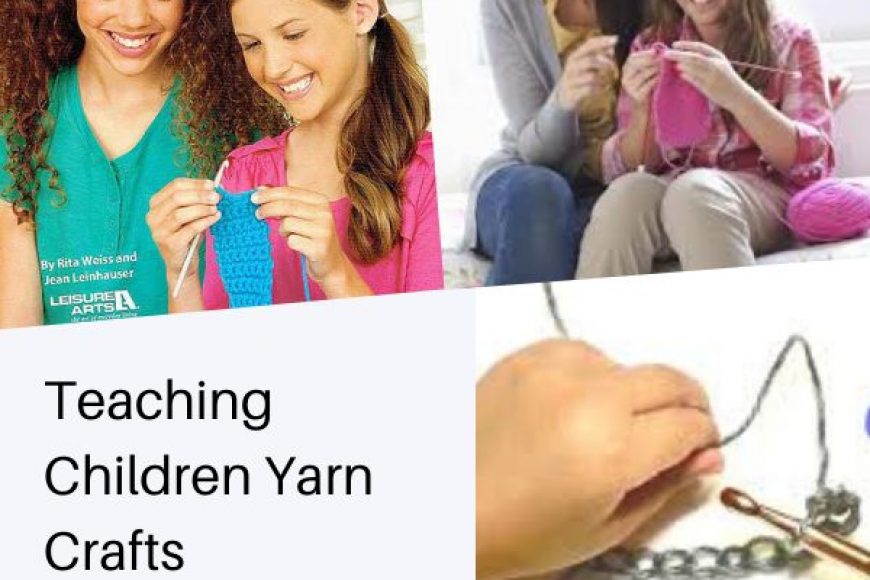$0.00
Teaching Children Yarn Crafts November 2020
Teaching Children yarn crafts is different to teaching adults. They have shorter attention spans, they need to be kept interested and they learn at different speeds. Below are a few pointers i picked up working with children that you can use when passing on the skills of your craft:
- Showing is better than telling—demonstrate often in short blocks and ensure the child has a hook and yarn
when you are demonstrating so they can try immediately. Use plain coloured yarns rather than variegated yarns so they can see better what they are doing, and use a slightly larger hook than you normally would. - Keep it fun—Don’t demand perfection. Go with the flow and don’t dwell too long on one thing. Once they
feel comfortable form will come. At the start, work around mistakes and don’t rip them out. Keep the
lessons short (no more than an hour), and before the lesson ends, get them excited about what they will
learn on the next lesson. We want them to enjoy playing with yarn. - Be patient—Children love attention and the quality one-on-one time you spend with them is very important.
Give praise, and maintain a sense of humour. - Preparation—Sometimes it is easier to begin by giving children a crochet hook with a few rows of crochet
already completed. By using this method, they learn the stitches easier. Creaeting and working into a foundation chain in crochet can be tricky for beginners because of their tension. Once they feel comfortable with the basic
stitches, you can go back and teach them how to begin a foundation chain and work into that chain. - Projects—The satisfaction from completing a project will keep them going—even a chain necklace/bracelet
will give them a sense of achievement and wanting to learn more. - Thinking outside of the norm—if a student is having difficulty with a particular task/step, try finding an
alternative way to explain it—use different words, different ways of using the tools or different ways to
achieve the same result. For example, if making a foundation chain is difficult, try finger chains instead. - Step by step instructions—Experienced crocheters often forget to explain some of the steps—take it slow
and break each step down. - Use other resources—Use tutorials available as DVDs, with books, or online as supplements. Children are
very familiar with technology and this can reinforce or help explain what you are teaching them. Be wary of
the terminology differences though. - Take frequent breaks – mix up the crafts to give them a break from the one technique they are trying to learn. For example, instruct them on making chain with a hook for a short period, then switch to making pom poms, or weaving for a short spell and come back to making chains.
If you need help, book an online crochet lesson with Lynda for your child.

